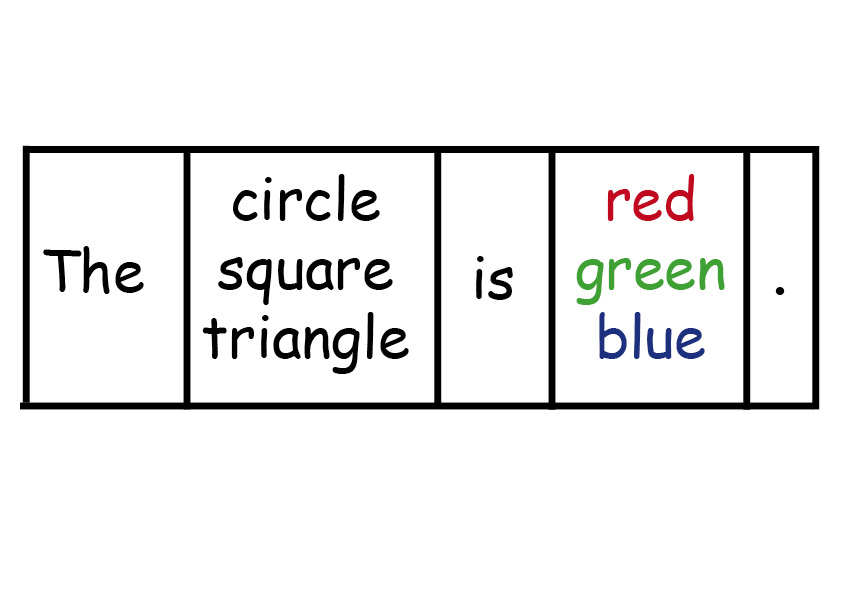
One of those magic grid things 10th October 2014 We added more new pupils this week, and the staff and fellow pupils are rising to the challenge in a way that makes me feel quite humble. |
|
You can, of course, add images and colours to nouns to support meaning. Substitution tables are best used with pupils who have literacy skills in L1, who have begun to engage a little with English, and who want to have writing in their books so as to be like their peers. The alternative would be copying and not understanding what is being copied. Constructing the tables requires a little thought, 1. Think about the language structure you want, The ….is …, or The ….has….., are useful starting structures. 2. Decide how many items are to be substituted, the example above has substitutions for noun and adjective, simpler variations would simply substitute adjective, The volcano is …. 3. Think carefully, what vocabulary will be useful? What can fit in with classroom work? Yr 4 are studying volcanoes so its helpful to introduce this word, if they weren’t it wouldn’t be a useful language item. Shapes, colours, numbers, body parts and classroom equipment are always useful. 4. Add pictures, or provide separate picture cards for nouns, if you need to. 5. Explain how they work (using first language, if you, or anyone, can). With practice you will be able to create these for many lessons. The advantage over copying is that the pupil has made some word choices, they have begun to see how sentences are structured, and you have included them in your lesson. They should be able to read the sentence back, or select the correct image if they are being silent, so check this and make a note in your marking. As things progress you can add negations, vary verbs, add plurals, and generally make things more complex. I will be popping a couple of examples in the filing cabinet, but I urge you to make your own. The process of construction makes you more aware of language and how it is being used. English always has the fun of one or two items that just don’t fit, and this is often only comes to light when you make the table. Next week we’ll look at them in context.
|
|





